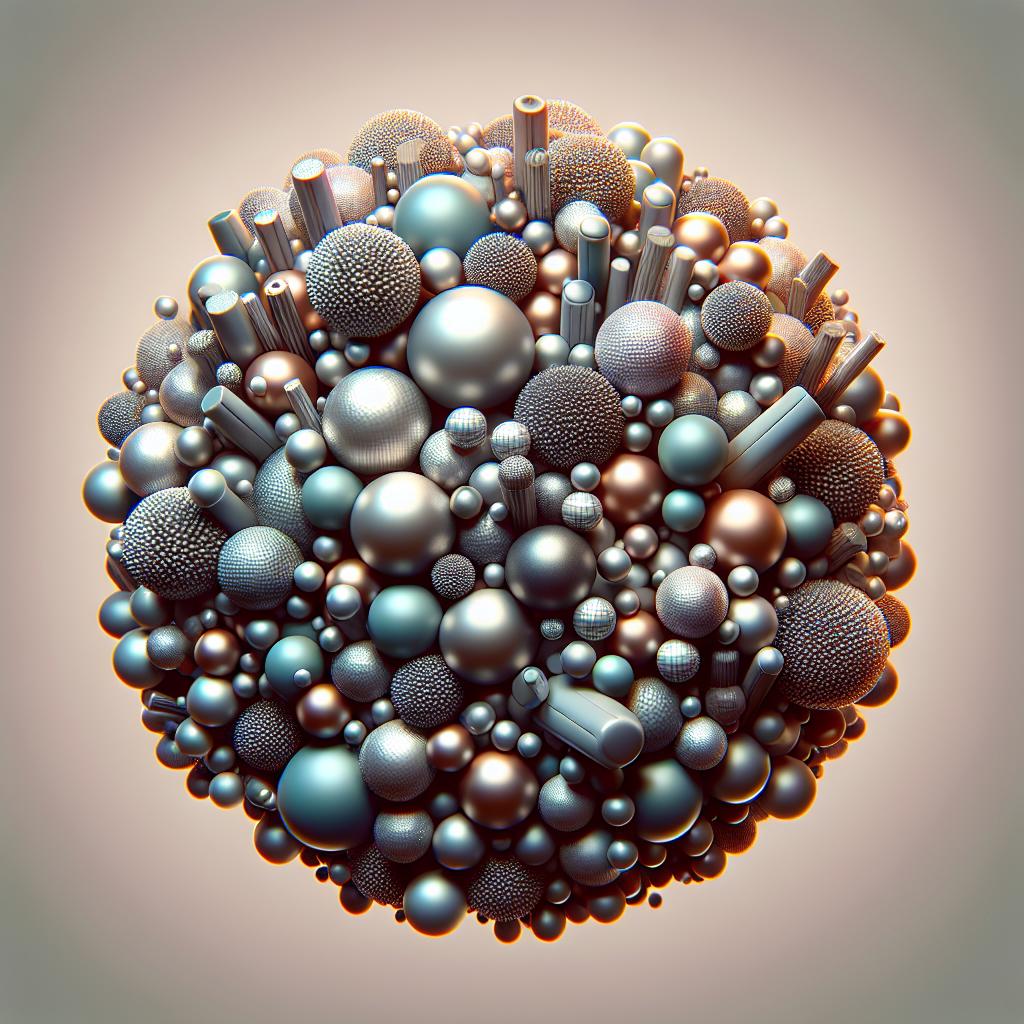
Future Trends in Atomic Electron Tomography
Atomic electron tomography is a cutting-edge technique that has revolutionized the field of materials science. By determining the 3D atomic positions and chemical species of nanoparticles, this technology allows scientists to gain unprecedented insight into the structure and behavior of materials at the atomic level. A recent study published in Nature has showcased the potential of atomic electron tomography in characterizing medium- and high-entropy alloy nanoparticles, and has opened up exciting possibilities for future research and applications.
Quantitative Characterization of Local Properties
The key advancement highlighted in the study is the ability of atomic electron tomography to quantitatively characterize a range of local properties within nanoparticles. This includes the measurement of lattice distortion, strain tensor, twin boundaries, dislocation cores, and chemical short-range order. Such detailed characterization provides invaluable information for understanding the mechanisms behind material synthesis, phase transformations, and mechanical behaviors.
Going forward, there are several potential future trends related to atomic electron tomography:
- Enhanced Resolution: As technology continues to advance, there is a strong possibility that atomic electron tomography will achieve even higher resolutions. This will enable scientists to study ever-smaller nanoparticles with unprecedented detail, uncovering novel structures and phenomena.
- Time-Resolved Studies: The current study focused on characterizing static nanoparticles. However, there is a growing need for time-resolved studies that can capture dynamic processes in real-time. Future advancements may enable atomic electron tomography to capture the evolution of nanoparticles over time, leading to a better understanding of how materials change and behave under different conditions.
- Integration with Machine Learning: Machine learning algorithms have shown great promise in automating certain aspects of image analysis. In the context of atomic electron tomography, machine learning could be utilized to accelerate data processing and improve the accuracy of measurements. This integration could greatly enhance the efficiency and reliability of this technique.
- Multi-modal Imaging: Combining atomic electron tomography with other imaging techniques, such as X-ray imaging or scanning probe microscopy, could provide a comprehensive picture of material properties at multiple length scales. This multi-modal imaging approach has the potential to reveal new insights and correlations between different structural and chemical features.
Recommendations for the Industry
The potential future trends discussed above have significant implications for the materials science industry. To fully harness the capabilities of atomic electron tomography, several recommendations can be made:
- Invest in Research and Development: Continued investment in research and development is crucial for advancing atomic electron tomography. This includes developing new hardware, software, and techniques to push the boundaries of resolution and enable time-resolved studies. Funding agencies and industry partnerships should prioritize supporting such initiatives.
- Collaboration and Knowledge Sharing: Given the multidisciplinary nature of atomic electron tomography, collaboration between experts in materials science, microscopy, and computational methods is essential. Establishing collaborative networks and fostering knowledge sharing platforms will facilitate the exchange of ideas, accelerate progress, and avoid duplication of efforts.
- Multimodal Imaging Integration: Industry players should explore opportunities for integrating atomic electron tomography with other imaging technologies. This could involve collaborations with manufacturers of X-ray imaging systems or scanning probe microscopes to develop integrated imaging platforms that provide complementary structural and chemical information.
- Training and Education: To fully utilize atomic electron tomography, a highly skilled workforce is needed. Training programs and educational initiatives should be developed to equip scientists and engineers with the necessary expertise in data analysis, interpretation, and the underlying physics. These programs can be offered by universities, research institutions, and industry organizations.
In conclusion, the recent advancements in atomic electron tomography offer tremendous potential for the future of materials science. By quantitatively characterizing local properties within nanoparticles, this technique opens up new possibilities for understanding and engineering advanced materials. However, to fully realize these opportunities, continued investment in research and development, collaboration among experts, integration with other imaging techniques, and a well-trained workforce are essential.
References:
Nature, Published online: 20 December 2023; doi:10.1038/s41586-023-06785-z
